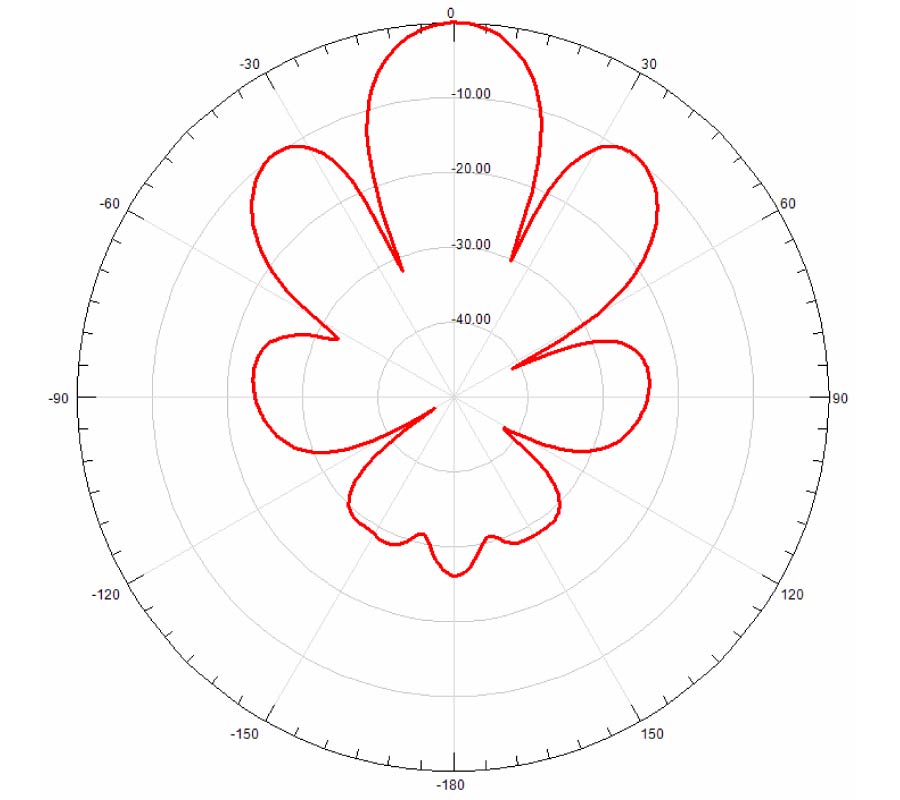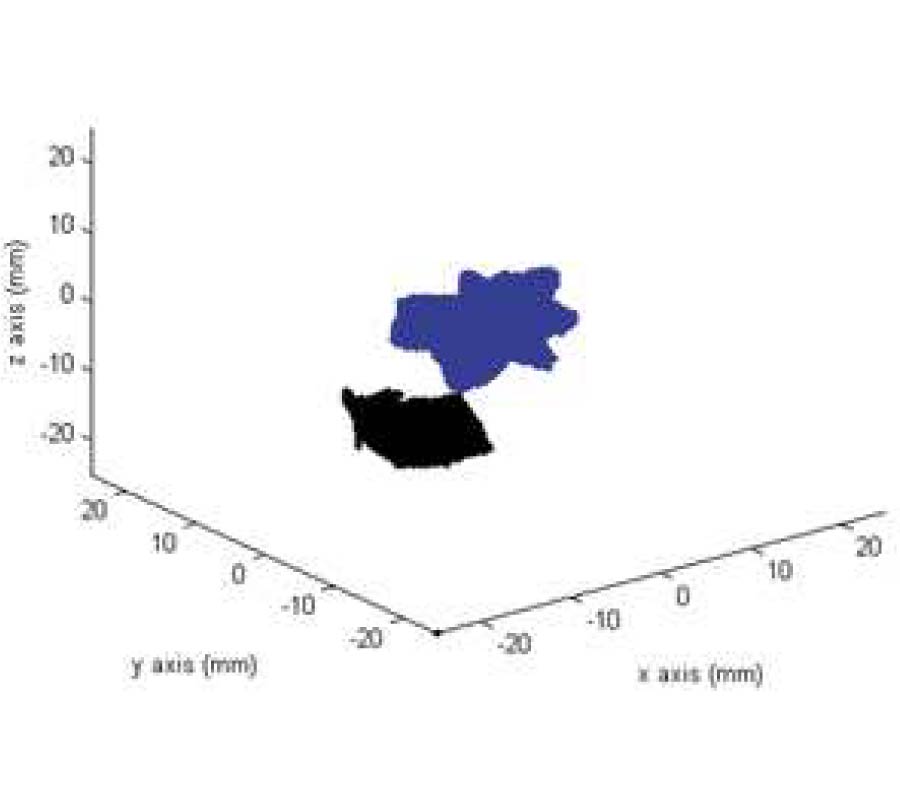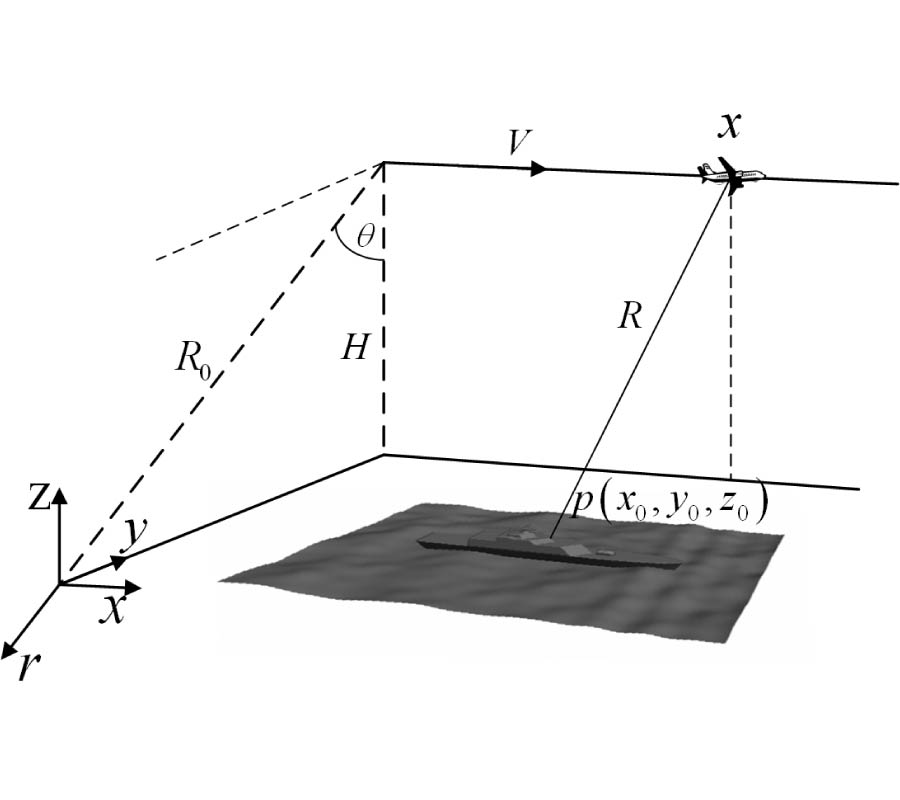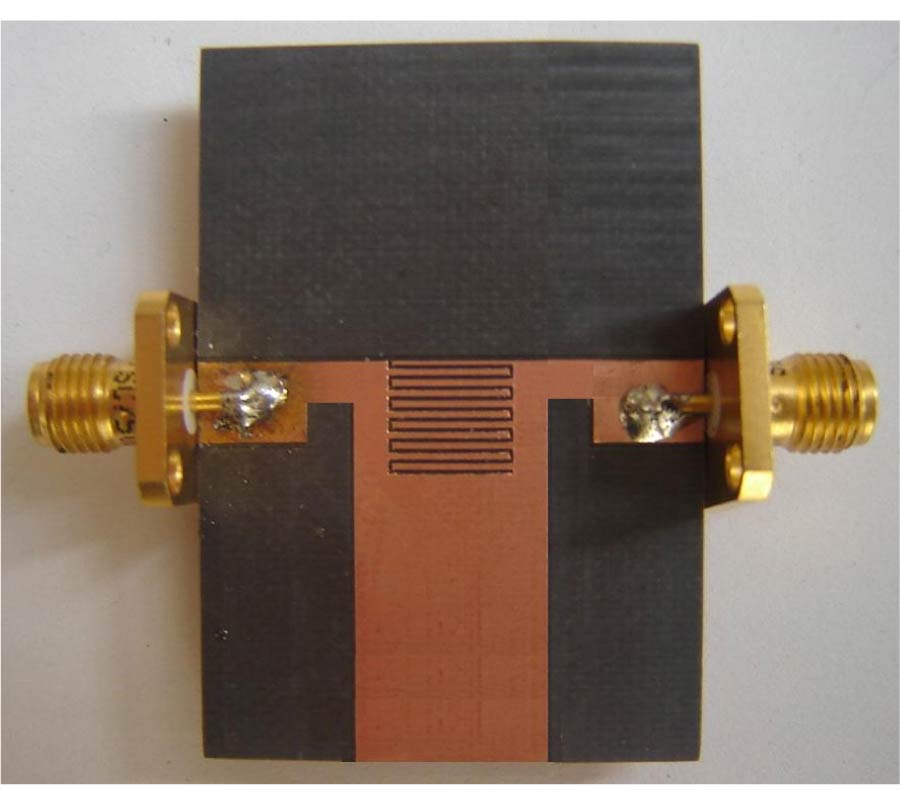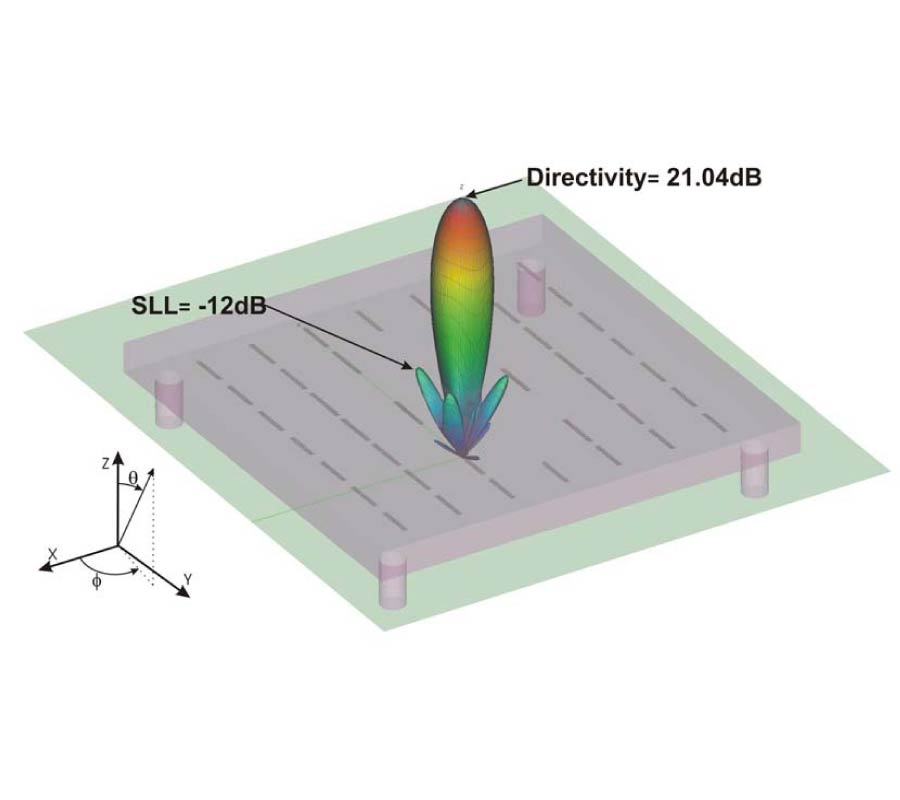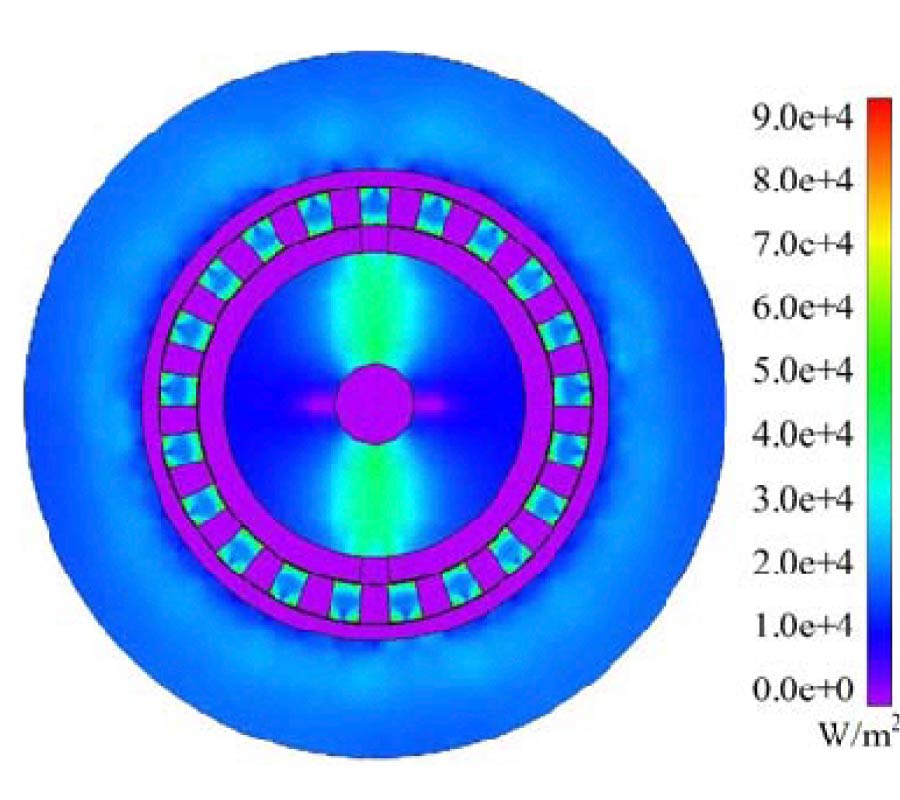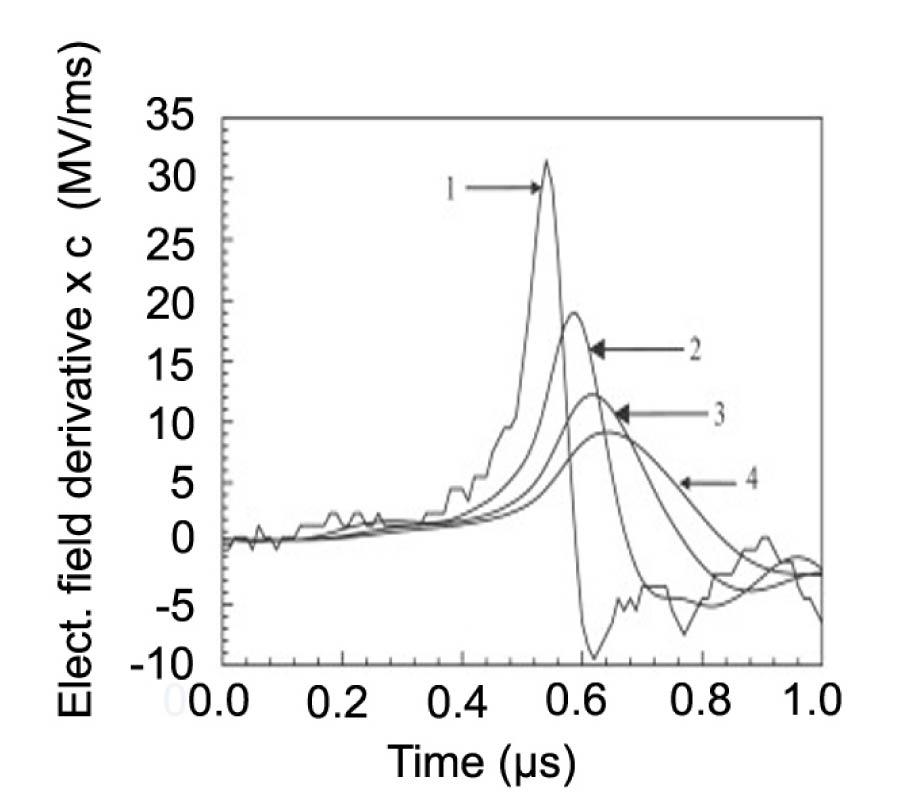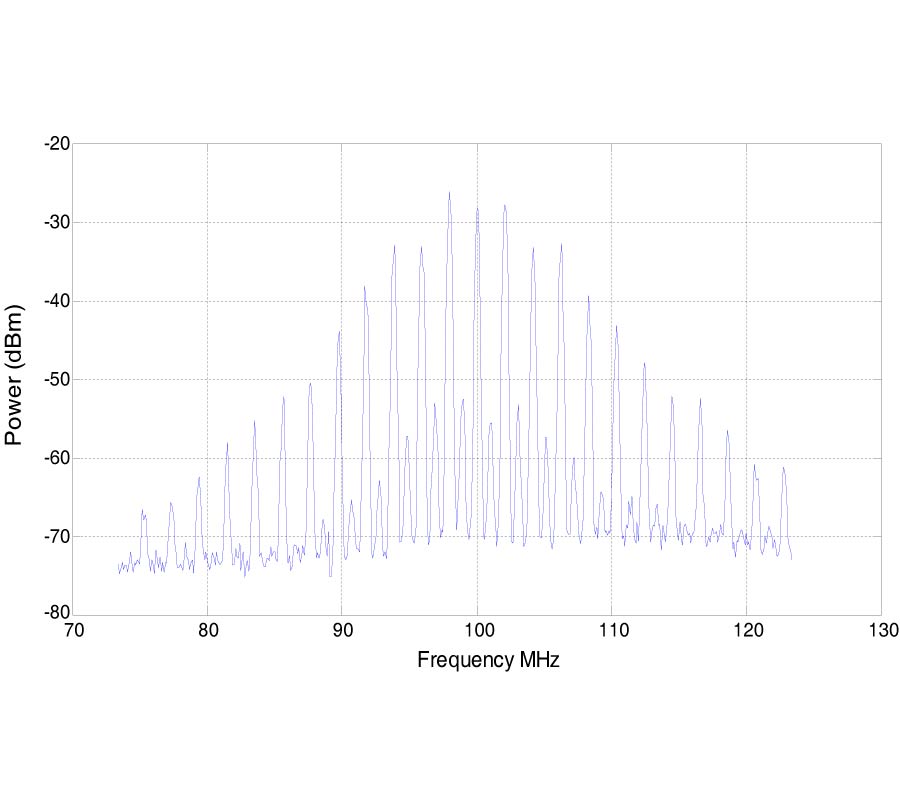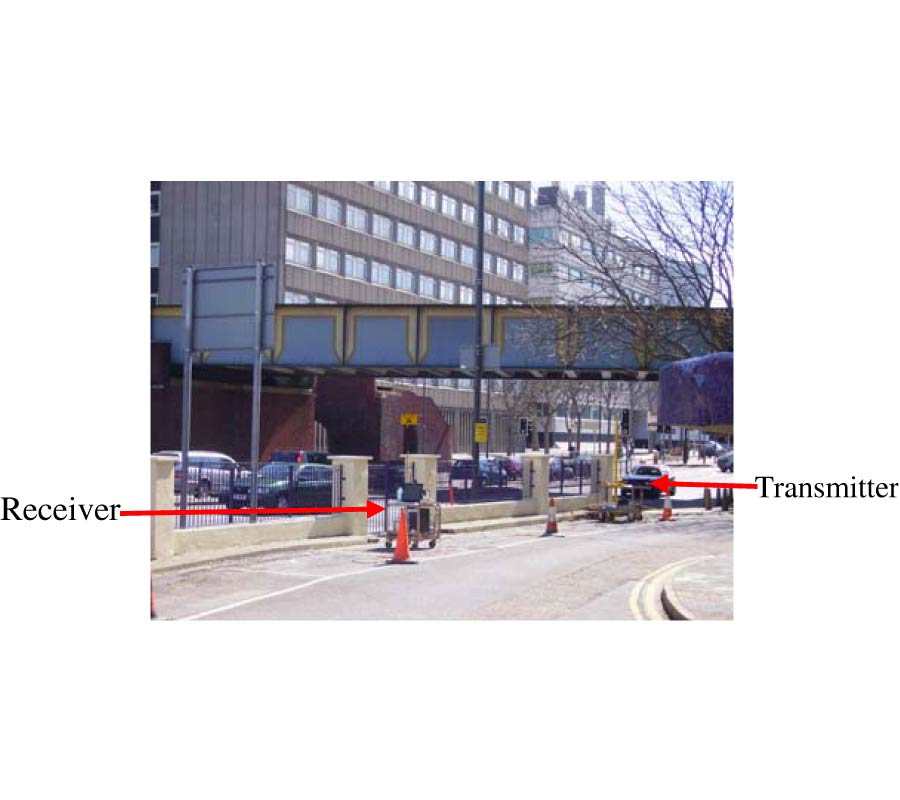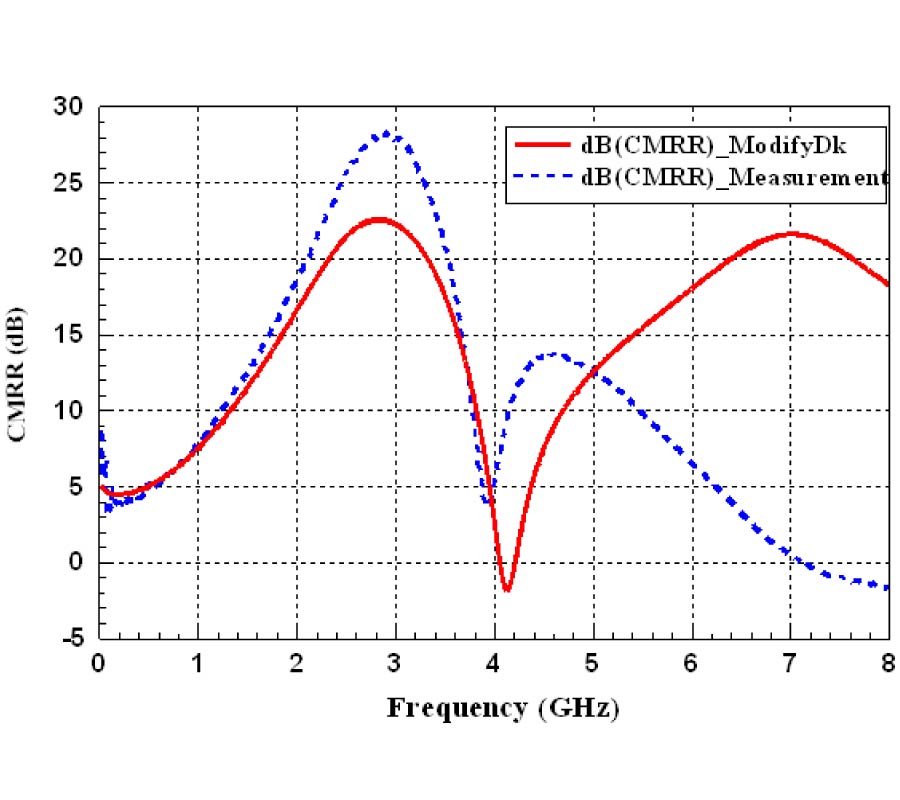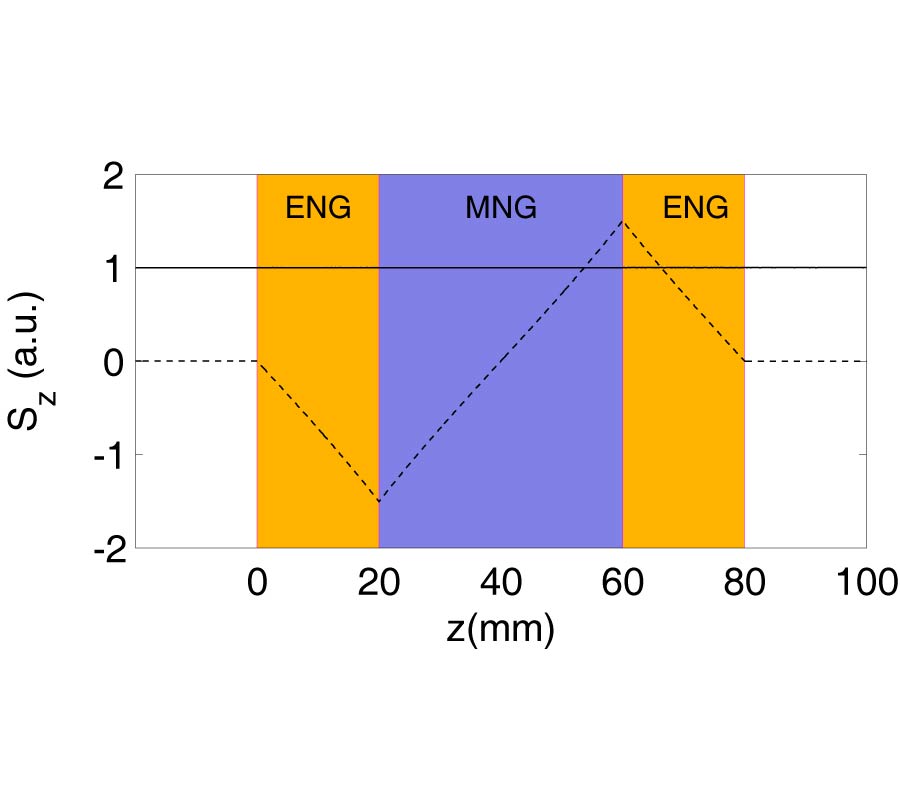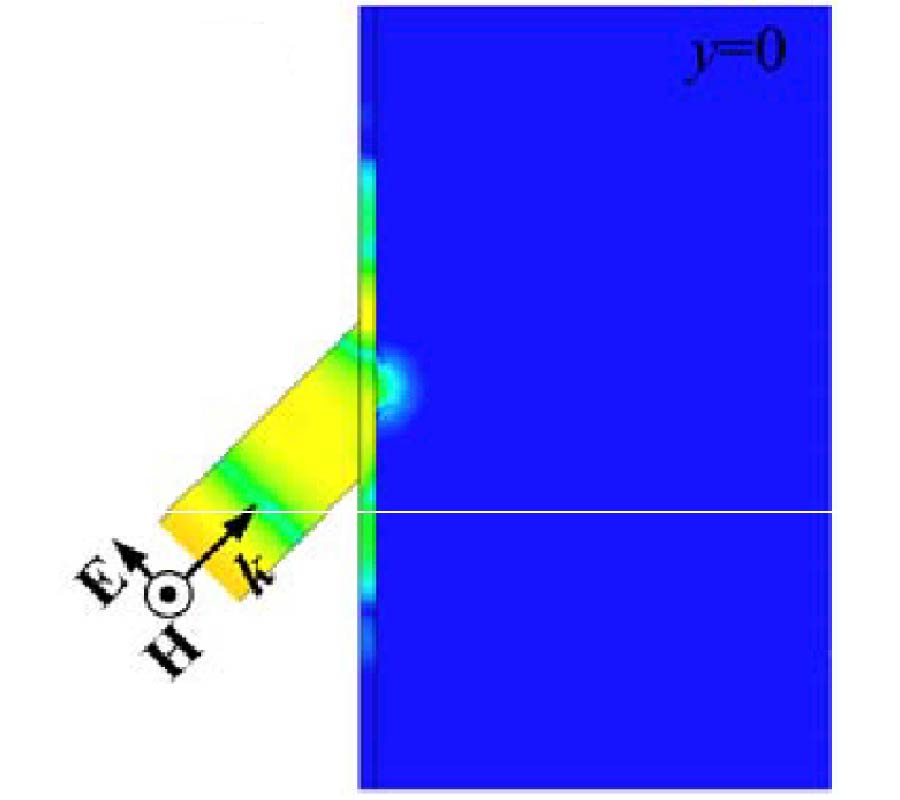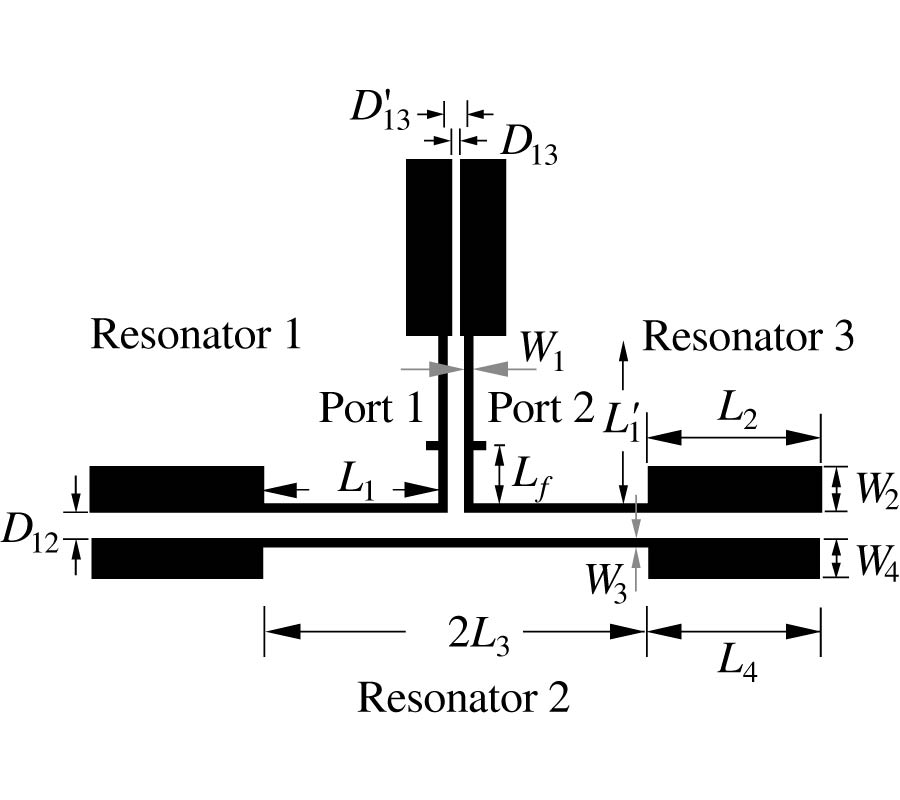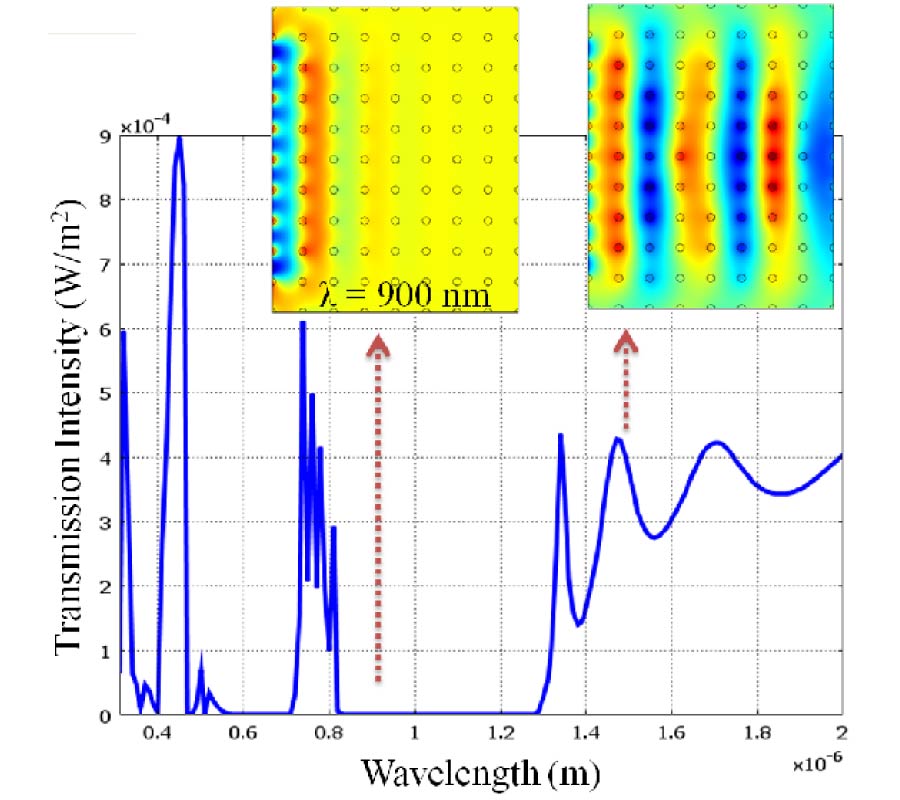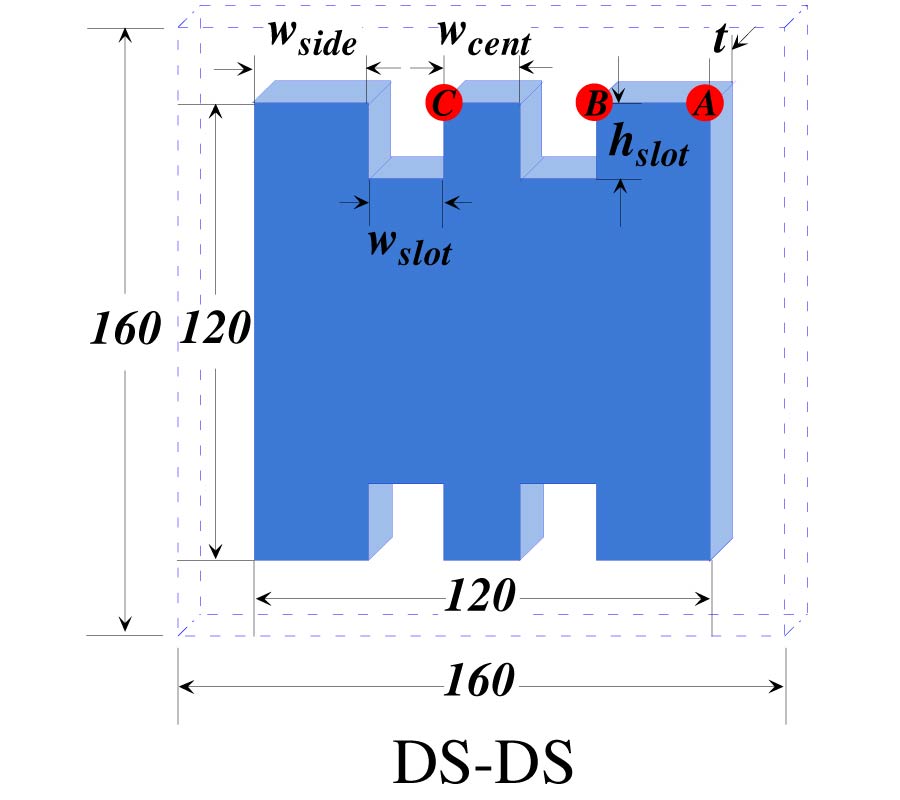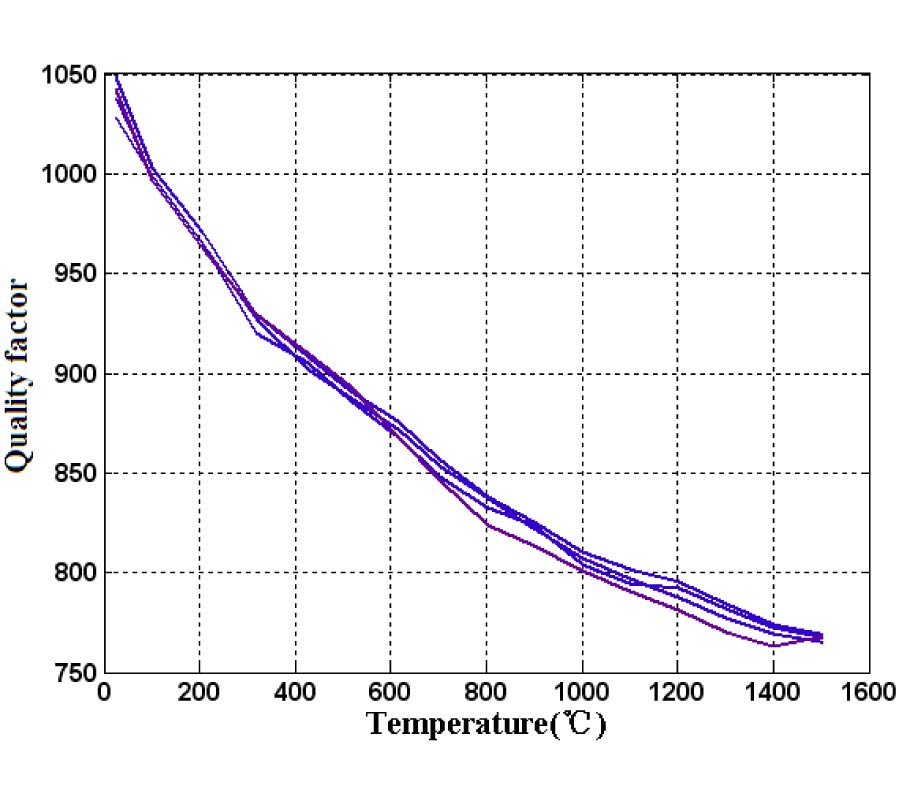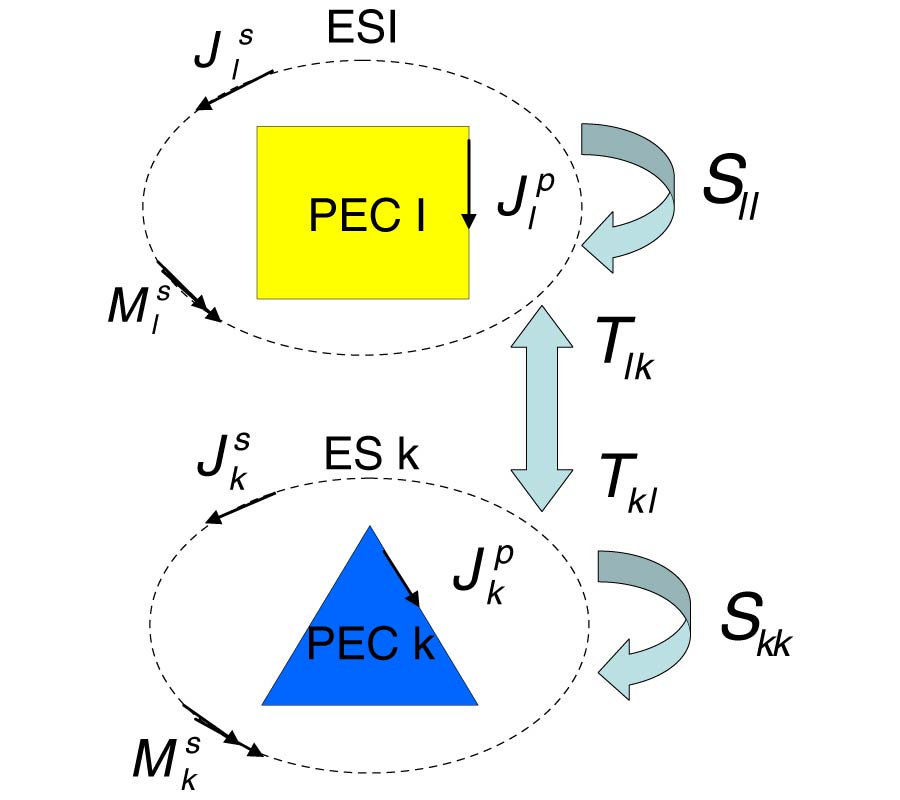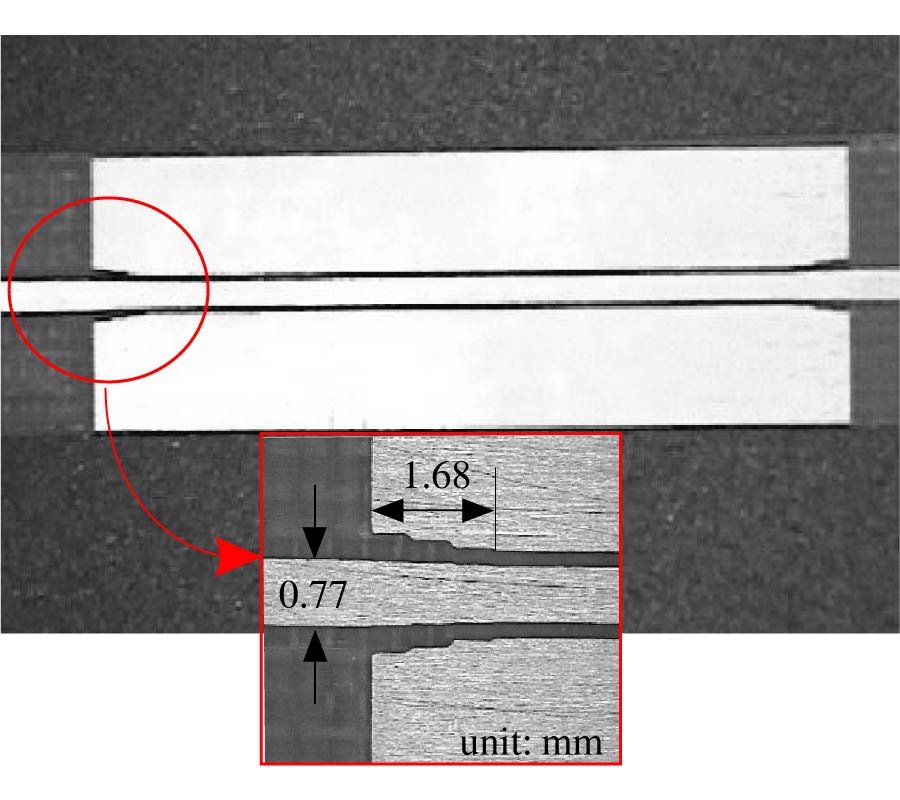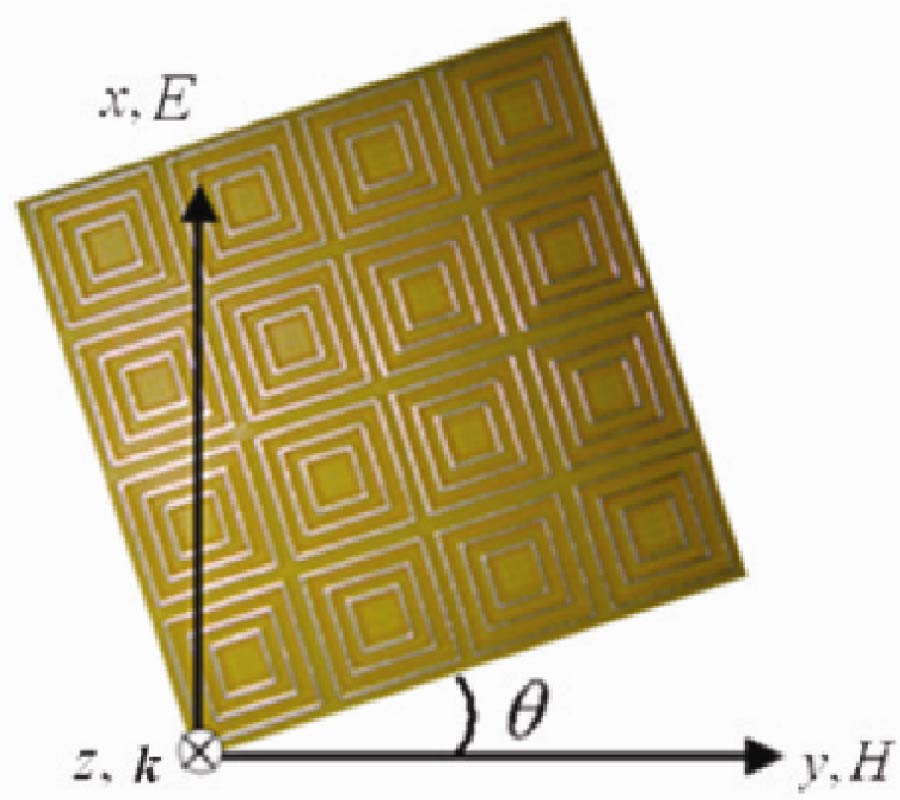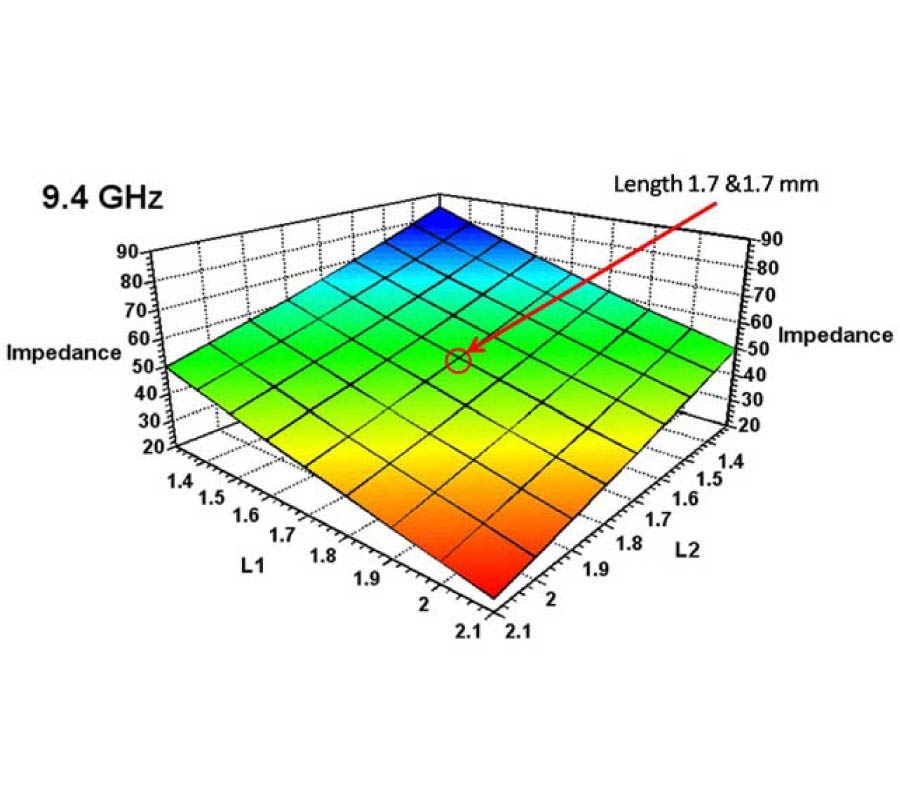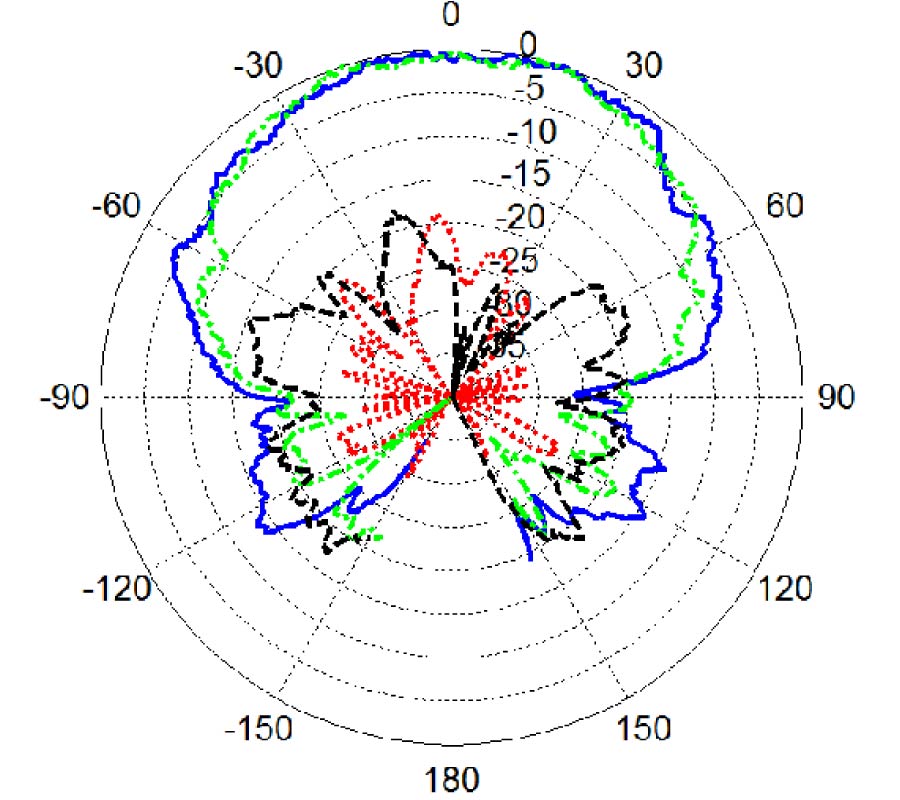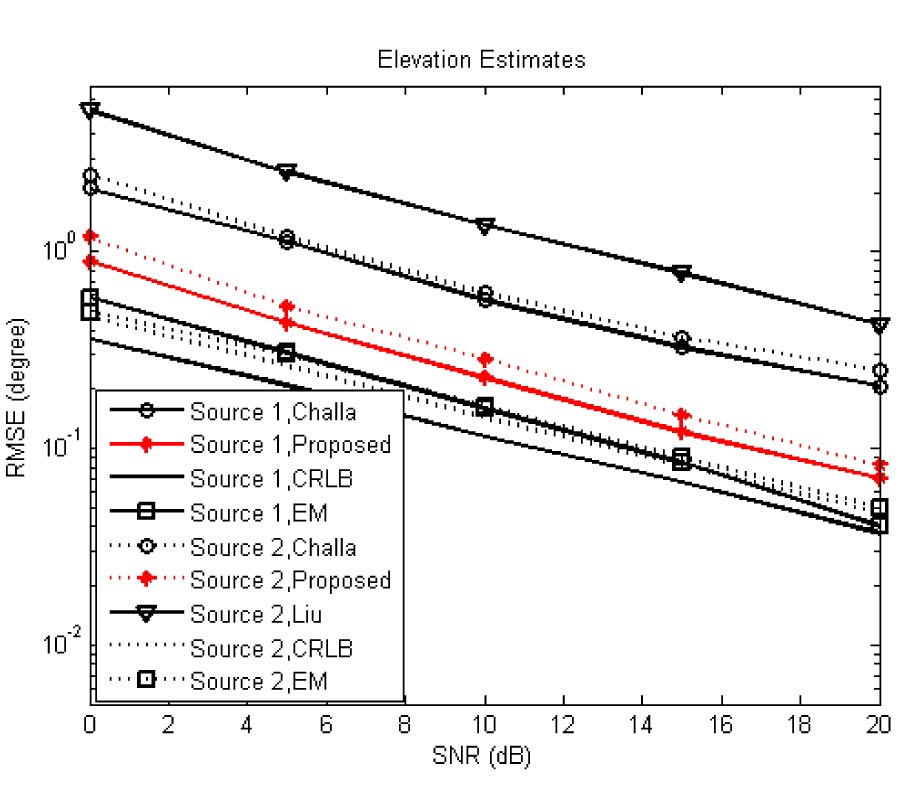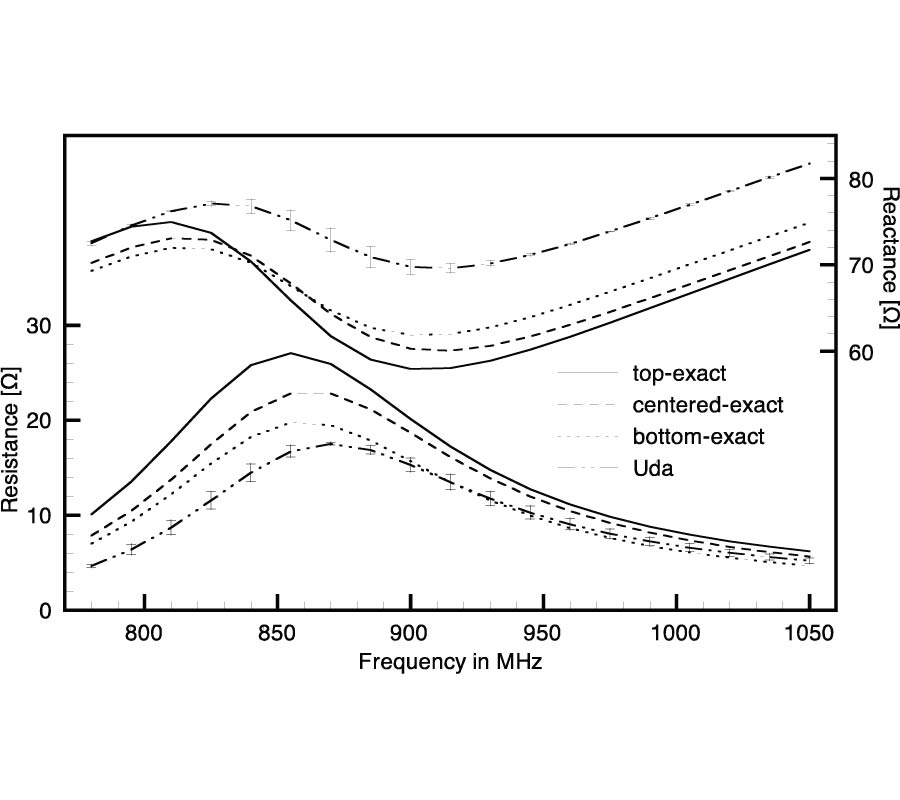Electromagnetic Design and Analysis of a Novel Magnetic-Gear-Integrated Wind Power Generator Using Time-Stepping Finite Element Method
Linni Jian,
Guoqing Xu,
Yu Gong,
Jianjian Song,
Jianing Liang and
Ming Chang
This paper presents a novel permanent-magnet (PM) machine for wind power generation. In order to achieve high power/torque density as well as get rid of the nuisances aroused by the mechanical gearbox, a coaxial magnetic gear (CMG) is engaged. Different from the existing integrated machine in which armature windings are deployed in the inner bore of the CMG as an individual part, stator windings are directly inserted among the slots between the ferromagnetic segments in this proposed machine. Thus, it can offer several merits, such as simpler mechanical structure, better utilization of PM materials and lower manufacturing cost. Moreover, by artfully designing the connection of the armature windings, the electromagnetic coupling between the windings and the outer rotor PMs can be dramatically decreased, and the electromechanical energy conversion can be achieved by the field interaction between the inner rotor PMs and the armature windings. This machine adopts an outer-rotor topology, for compact design, the wind blades are directly mounted on the outer rotor of the machine, while the fairing is equipped on the front end of the stator. The design details and operating principle are elaborated. By using the time-stepping finite element method (TSFEM), the electromagnetic characteristics of the proposed machine are analyzed. The results verify the validity of the proposed machine.
